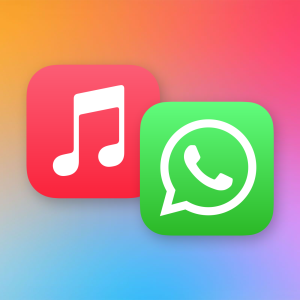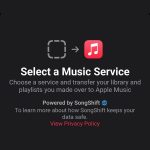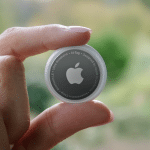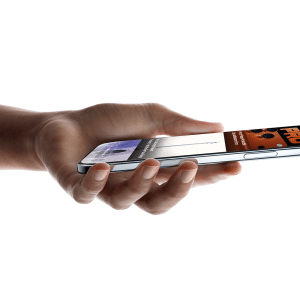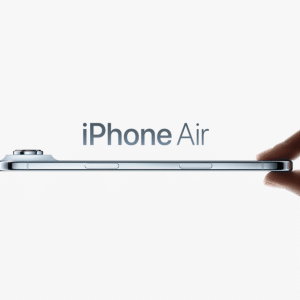The tool functions similarly to third-party services like SongShift, allowing active Apple Music subscribers to import their saved tracks and playlists with minimal effort, MacRumors reported. Unlike standalone apps that often require paid subscriptions, Apple’s solution is built directly into the app, offering a seamless experience at no extra cost. Digital Music News noted that this could render paid transfer services obsolete for Apple Music users, a practical win for subscribers. The process is straightforward—users authenticate their Spotify account, select their libraries or playlists, and let Apple Music handle the rest. This user-centric approach reduces the friction that has historically kept listeners loyal to their current platforms, even when seeking better features elsewhere.
Why It Matters to You
Why does this matter for tech users? Music streaming is deeply personal, with playlists often representing years of curation. Losing them can feel like losing a digital diary. Apple’s tool ensures that switching doesn’t mean starting over, empowering users to explore Apple Music’s offerings—like Spatial Audio and tighter integration with Apple’s ecosystem—without sacrificing their collections. For example, a Spotify user in Australia can now transfer their workout playlist and enjoy it on Apple Music’s high-fidelity audio within minutes. The tool’s early regional rollout suggests Apple is testing the waters before a likely global expansion, potentially reshaping how users choose streaming services.
A Competitive Edge
Apple’s timing is strategic. Spotify remains the market leader with over 600 million monthly active users, but Apple Music has steadily gained ground, boasting around 100 million subscribers, according to industry estimates from Bloomberg. Features like lossless audio and exclusive artist content have made Apple Music a compelling alternative, yet the switching barrier has been a sticking point. By removing this obstacle, Apple is positioning itself to capture a larger share of Spotify’s user base, especially among iPhone owners who may prefer the native integration of Apple Music. TechCrunch reported that seamless ecosystem experiences often drive user loyalty, and this tool leverages that advantage.
Navigating Challenges
However, the tool isn’t flawless. MacRumors forums highlighted user concerns, including songs that fail to transfer due to platform exclusivity—some tracks are only available on Spotify or Apple Music, not both. Additionally, issues like incorrect song matches or reset timestamps can disrupt the experience. For instance, a user transferring a 2,000-song playlist reported that 10% of tracks were mismatched, and playlist timestamps were overwritten, breaking the sense of continuity. These hiccups could frustrate perfectionists who value their libraries’ precision. Apple will need to refine the tool to ensure accuracy, especially as it scales to larger markets where user expectations will be higher.
The Bigger Picture
The broader context is telling. The streaming wars are intensifying, with platforms like YouTube Music and Amazon Music vying for attention. Apple’s move signals a shift toward user empowerment, prioritizing flexibility over lock-in tactics. Unlike Spotify, which has faced criticism for its algorithm-driven recommendations, Apple Music emphasizes human-curated playlists and radio stations, appealing to users who crave a more editorial touch. The transfer tool complements this by making the switch less daunting, potentially swaying users who’ve been on the fence. ZDNET pointed out that such features can tip the scales in a market where differentiation is key.
What’s Next
Looking ahead, the tool’s success will hinge on its global rollout and Apple’s ability to address early pain points. If executed well, it could redefine how users approach streaming transitions, making Apple Music a stickier part of Apple’s ecosystem. For now, users in Australia and New Zealand are the first to benefit, but the implications are clear: Apple is playing to win, and it’s making the switch as painless as possible.




